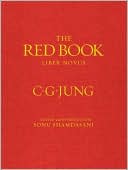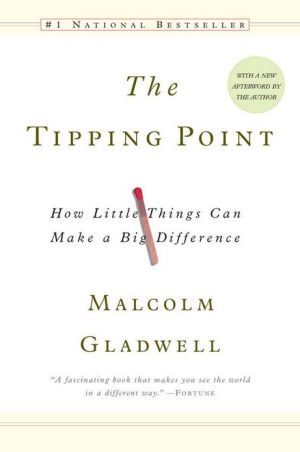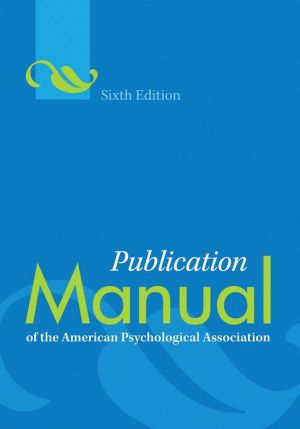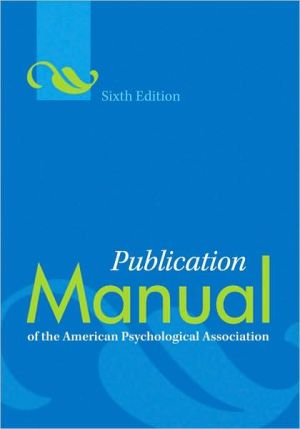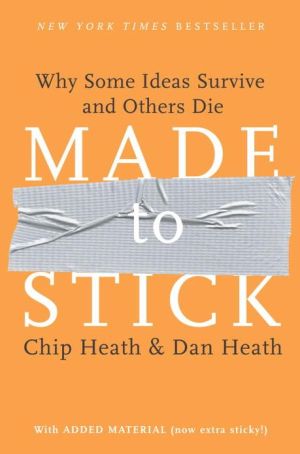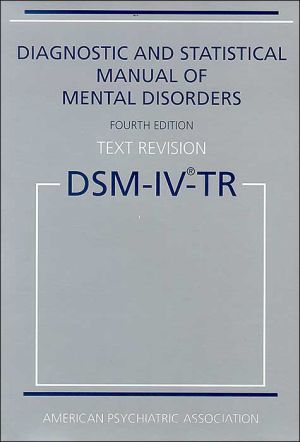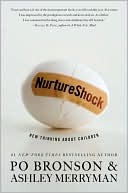Diaper-Free Baby: The Natural Toilet Training Alternative for a Happier, Healthier Baby or Toddler
Imagine infants free from painful diaper rash, new parenthood without thousands of dollars wasted in diapering costs, toilet training that is natural and noncoercive, and, most important, happier babies and parents\ As Christine Gross-Loh reveals in her progressive, enlightening book, all this is possible and more. Infants are born with the ability to communicate their need to "go," just as they communicate hunger or sleepiness. Gross-Loh, a mother of two children who were diaper-free at...
Search in google:
Imagine infants free from painful diaper rash, new parenthood without thousands of dollars wasted in diapering costs, toilet training that is natural and noncoercive, and, most important, happier babies and parents As Christine Gross-Loh reveals in her progressive, enlightening book, all this is possible and more. Infants are born with the ability to communicate their need to "go," just as they communicate hunger or sleepiness. Gross-Loh, a mother of two children who were diaper-free at eighteen and fifteen months, uses the tenets of "elimination communication," or EC, to teach parents how to identify and respond to their baby or toddler's natural cues. Unlike the all-or-nothing approach of some parenting books, The Diaper-Free Baby addresses three categories of parents: full-time, part-time, and occasional EC'ers. Parents can practice EC as much or as little as fits their family and lifestyle. A support group within a book, The Diaper-Free Baby also includes inspiring testimonials throughout every chapter. Parents who have successfully practiced EC identify common struggles, share experiences and problem-solving tips, and provide encouragement for those new to the technique. Their motivational stories together with Gross-Loh's practical advice will appeal to all parents interested in a fresh alternative to traditional toilet training. Rachel Q. Davis - Library Journal Tokyo-based freelance writer Gross-Loh addresses the hows and whys of an increasingly popular trend: elimination communication, or EC. This technique calls for parents to read an infant's "elimination signals" (i.e., restlessness, squirming, arching of the back) and hold the child over a potty or toilet. In essence, parents create an association between "elimination" (urinating/defecating) and a particular sound (such as "pssst") and a position, so that eventually hearing the sound and being held in that position encourages the baby to go to the bathroom on a consistent basis. Gross-Loh discusses her subject with knowledge and enthusiasm, but some readers may be annoyed by the EC lingo (including the constant use of EC as an adjective, noun, and even a verb). Perhaps most notable, however, is the author's flexible and nonjudgmental attitude, as she encourages parents to try the method only occasionally if they choose with a baby of any age. Linda Sonna's Early-Start Potty Trainingis much more prescriptive, while Ingrid Bauer's Diaper Free: The Gentle Wisdom of Natural Infant Hygienecovers much of the same material as Gross-Loh's book, though with a New Age orientation. Laurie Boucke's Infant Potty Trainingprovides more historical and cultural information, with less focus on practical tips. Libraries will want to purchase at least one of these books, and Gross-Loh's would be a useful choice for larger collections.
The Diaper-Free Baby\ The Natural Toilet Training Alternative \ \ By Christine Gross-Loh \ HarperCollins Publishers, Inc.\ Copyright © 2007 Christine Gross-Loh\ All right reserved.\ \ \ \ Chapter One\ What Is EC, and Why Should I Do It with My Baby?\ Diapers. We're so used to thinking of them as the ultimate symbol of babyhood that the thought of a baby without diapers seems awfully strange. It's practically a rite of passage for parents to get their toddlers and preschoolers out of diapers. Advice abounds on getting your two- or three-year-old to ditch those diapers and begin to learn to go in a potty or toilet. The current trend is to let your child wait until he is "ready," and as a result, many parents find themselves involved in power struggles with their toddlers and preschoolers day after day because they missed crucial earlier windows of opportunity. The average toilet training age in the United States is now at an all-time high at around three years old. It makes sense, actually, that after a couple of years eliminating exclusively in diapers, a child will be inclined to hang on to them as long as he can. How odd it is, in fact, that our society expects a child to change gears midstream and suddenly stop using the diaper as a toilet when he has been doing so all his life!\ Believe it or not, your child was not born wanting to go to the bathroom in a diaper. Like other mammals, human babies are born with the instinct not to soil themselves. It is not a natural or pleasant feeling for them to sit in their ownwaste; they are born aware of the sensation of going to the bathroom. Even the tiniest newborn will give off signs before and while she goes to the bathroom. This book is going to teach you how to read those signs, how to respond to them, and how to engage in a process of joyful communication with your baby at a pace that feels right for your family, whether this means once a day or more often. Through "elimination communication," or EC, your baby will benefit as you help her retain her bodily awareness and assist her with a basic biological need. The benefit for you? In addition to parenting a happier baby, you're likely to need fewer diapers overall--great for your wallet and for the environment!\ For those who have spent time with older babies or toddlers who seem oblivious to a dirty diaper, the idea that they are born with the instinct not to soil themselves may seem preposterous. Being sprayed by newborn pee and poop as soon as a diaper comes off during diaper changes are a common occurrence throughout a baby's first weeks (another common rite of passage for most parents), but this happens less and less often as the baby grows older. Why? By putting our children in diapers and changing them only after they have gone, we condition our babies to use the diaper itself as a toilet!\ Some people might think, so what? Isn't diapering a part of babyhood? Aren't diapers a sign of progress, modernity, and affluence? Perhaps that would be so if we did not expect our little ones to stop using diapers at some point in the first few years of their lives. Since this is the case, many parents are faced with double work: training a child to go to the bathroom in a diaper, and then training her to stop doing that and use a toilet instead! This means twice as much work for parents and twice as much adjustment for the child. The later this gets--especially if you're waiting for all the signs of "readiness" described by conventional toilet training experts--the more of an adjustment it can be for your child, and the more diaper changes, diapers, and diapering accessories you've gone through in the meantime. (If your child is training around age three, this means up to nine thousand diaper changes and diapers, over three thousand dollars in diapers alone [not to mention wipes and other accessories], and according to a New York Times article on elimination communication, a contribution to the twenty-two billion single-use, disposable diapers in U.S. landfills per year, to be exact!)\ Of course, many children sail through conventional potty training just fine. But there are countless others who have trouble recognizing which muscles to use to hold or release pee or who just find it physically and emotionally difficult to let go of the diaper they have been used to all their lives. Even after some children become aware of the elimination sensation, they are still so accustomed to diapers that they actually request a diaper to put on before they go to the bathroom! Others simply take a long time to train, and their parents resort to pleading, bribes, stickers, M&Ms, videos, musical potties, and other such gimmicks. Still other children suffer from excruciating diaper rash, fiercely resist diaper changes, or otherwise find diapering to be an unpleasant experience the whole way through. They develop negative associations with anything having to do with diapering and elimination itself.\ You're probably reading this book because you hope to avoid these scenarios, and EC fits in with your parenting philosophy and resonates with you for financial, environmental, or personal reasons. Read on to learn more about EC and why I recommend you consider practicing it with your baby.\ Elimination Communication: A Gentle Alternative\ Imagine what it would be like if your baby was so accustomed to the concept of using a toilet as, well, a toilet, that when it did come time to become completely toilet-independent, she took the process completely for granted, so that the transition was utterly smooth. Imagine if this toilet independence came about without bribes, struggles, resistance, or tantrums and was instead a natural, completely gentle, noncoercive process that your baby was fully participating in, so that as an infant, she would be able to let you know when she had to go to the bathroom, and by the time she was walking, she could toddle over to the toilet by herself just like she might toddle over to the kitchen if she were hungry. That's what happens in many families who practice EC with their babies.\ \ \ Continues... \ \ \ \ Excerpted from The Diaper-Free Baby by Christine Gross-Loh Copyright © 2007 by Christine Gross-Loh. Excerpted by permission.\ All rights reserved. No part of this excerpt may be reproduced or reprinted without permission in writing from the publisher.\ Excerpts are provided by Dial-A-Book Inc. solely for the personal use of visitors to this web site. \ \
\ Library JournalTokyo-based freelance writer Gross-Loh addresses the hows and whys of an increasingly popular trend: elimination communication, or EC. This technique calls for parents to read an infant's "elimination signals" (i.e., restlessness, squirming, arching of the back) and hold the child over a potty or toilet. In essence, parents create an association between "elimination" (urinating/defecating) and a particular sound (such as "pssst") and a position, so that eventually hearing the sound and being held in that position encourages the baby to go to the bathroom on a consistent basis. Gross-Loh discusses her subject with knowledge and enthusiasm, but some readers may be annoyed by the EC lingo (including the constant use of EC as an adjective, noun, and even a verb). Perhaps most notable, however, is the author's flexible and nonjudgmental attitude, as she encourages parents to try the method only occasionally if they choose with a baby of any age. Linda Sonna's Early-Start Potty Trainingis much more prescriptive, while Ingrid Bauer's Diaper Free: The Gentle Wisdom of Natural Infant Hygienecovers much of the same material as Gross-Loh's book, though with a New Age orientation. Laurie Boucke's Infant Potty Trainingprovides more historical and cultural information, with less focus on practical tips. Libraries will want to purchase at least one of these books, and Gross-Loh's would be a useful choice for larger collections.\ —Rachel Q. Davis\ \

